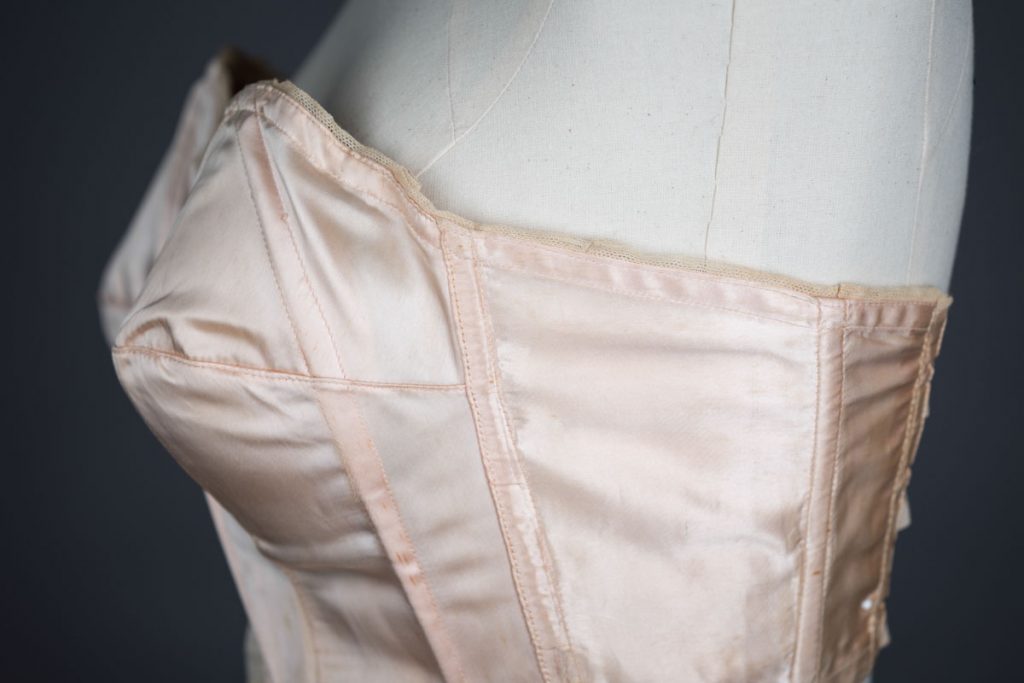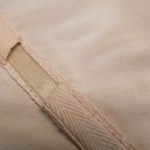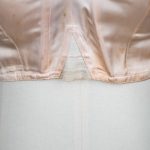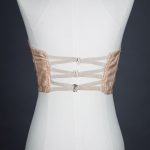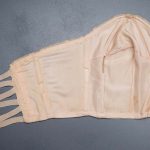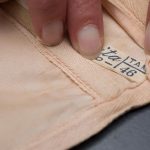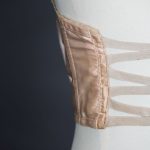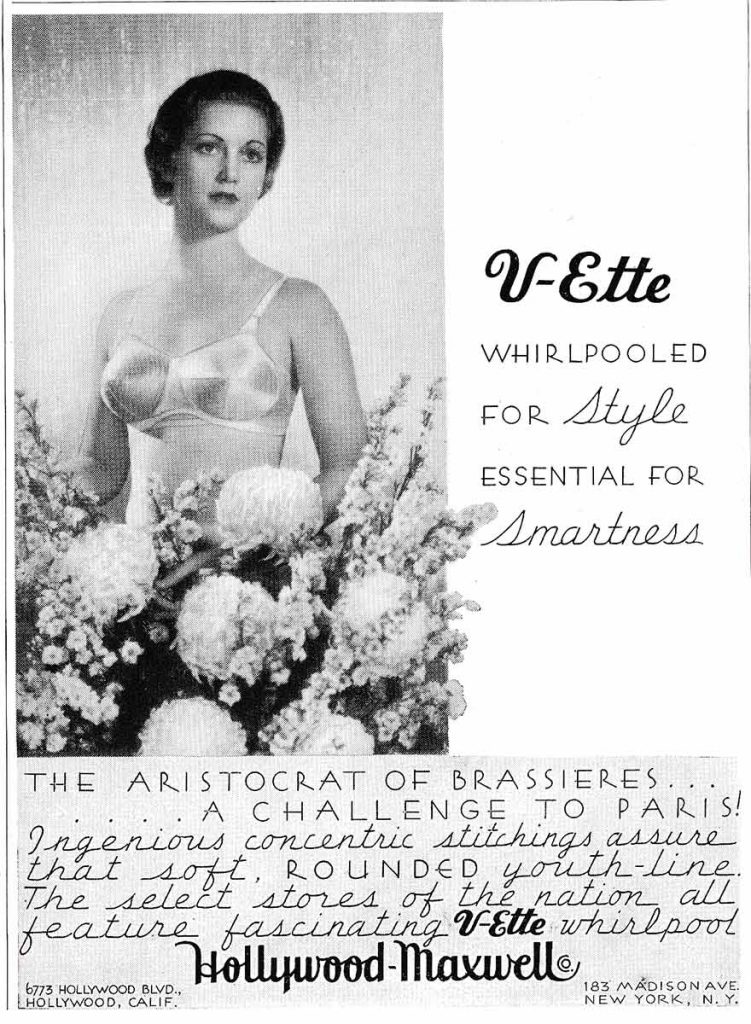The first commercially produced style of underwired bra was sold in America in 1931 and the first overwired strapless bra appeared in 1934, but wiring only became common in the UK after the Second World War due to the limited availability of the metal needed to make the components during the conflict. Early underwired bras could often be exceedingly uncomfortable and the metal could easily poke out through the fabric after wear, so it became common for the inside of the garment to be padded or covered with velvet where the wires touched the skin in order to improve comfort and reduce the likelihood of the wires escaping.
Perhaps the most important development which improved bra fit was the introduction of graded cup sizes. Until that point, there was no way for manufacturers to differentiate between chest size and breast volume which is vital for achieving a perfect fit. There are conflicting reports of which manufacturer first used sizing for the cups as well as the band, and in which year this was first brought in. According to Uplift: The Bra in America, Formfit Company were the first to announce production, in 1932, of three different volume cups available in each band size. These were labelled ‘small’, ‘average’ and ‘full’. The same authors claim that S. H. Camp and Company ‘pioneered in relating the size and pendulousness of breasts to letters of the alphabet, A through D’, stating that Warner did not feature cup sizing until 1937. However, other authors who have studied the bra in detail claim that Warner were first to develop the A, B, C and D cup sizes in 1935. In the UK it took a while for lettered cup sizes to be fully introduced, as many manufacturers and retailers still labelled cup sizes as ‘medium’ or ‘average’ into the late 1950s.
Manufacturers also experimented with different combinations of pattern pieces in order to create supportive bra cups, but soon realised the limitations of the materials they were using. Once the fashionable breast silhouette became more pointed, further innovations in cup construction were needed to achieve this effect. A variety of different stitching techniques to reinforce the cups and provide uplift to the breasts were developed, starting with the spiral stitching of Hollywood Maxwell’s ‘Whirlpool’ brassiere in the US in 1935.
